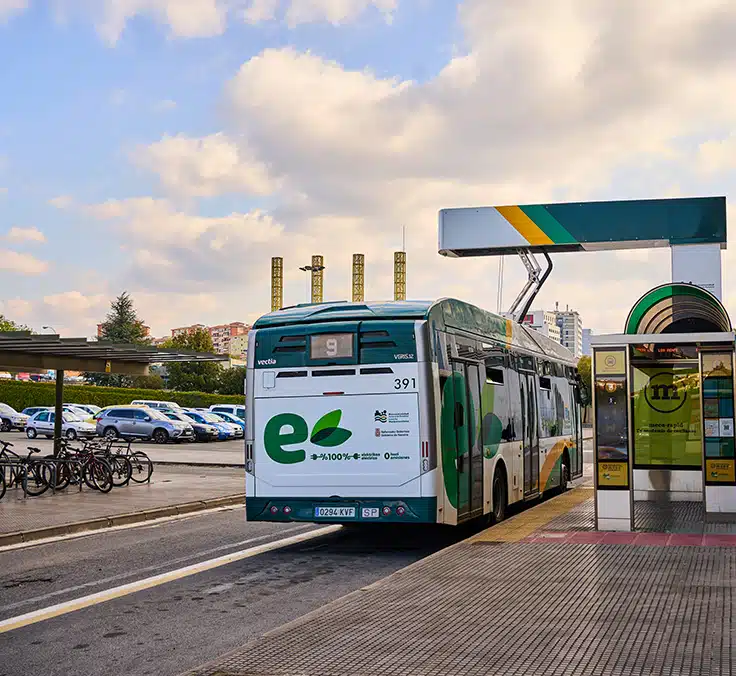SUSTAINABILITY | 09.30.2024
What is the difference between a value chain and a supply chain?

Carmen Toro
While the supply chain can be found “naturally” in any company, the value chain requires a firm commitment and dedication from the company to provide added benefit to its consumers and to the environment itself. But what differentiates both concepts?
A renowned Internet search engine has implemented the development and maintenance of the search algorithm, along with the development of additional services such as maps, email, and a mobile device operating system. Its secondary activities include mass data management, technological systems (global data centers), and infrastructure (cloud platform). The company also stands out for having a better search engine than its competitors, which has revolutionized users’ access to information. It has also created an effective advertising platform that allows companies to reach potential customers with a degree of precision. Its constant innovation keeps this company as a leader in the technology field.
Any company seeks a return; just as any customer who acquires a product or service intends to obtain some kind of benefit. This is where the concepts of value chain and supply chain come into play.
Both the value chain and the supply chain are fundamental in the business management of any company, but, although they are interrelated, they generate different results in the process of producing and distributing goods and services.
Understanding the difference between the two is essential to understand the priorities of companies and the aggregate value of their actions.
What is the supply chain?
The supply chain is the compilation of all processes involved, directly or indirectly, in meeting supply needs. In other words, it’s the set of activities, facilities, and distribution means necessary for the process of selling a product or service. This includes all the steps necessary to “bring the product to life,” from the search for raw materials, the production itself, and its distribution to the end consumer.
The supply chain consists of three basic elements: supply (obtaining raw materials), manufacturing (transforming these into products), and distribution (delivery to the end consumer). Its goal is to meet, as efficiently as possible, the basic needs the customer expects to be resolved. To achieve this, it’s necessary to meet certain parameters, such as efficient inventory management, on-time delivery, or good adaptation to possible changes in demand or supply.
All companies employ a supply chain, but not necessarily a value chain.
What is the value chain?
The value chain is a strategic analysis tool that serves to determine the competitive advantage of any company, with the objective of improving its profitability. In other words, it is a set of strategies and actions designed to directly add value to clients. It is directly linked to the organization’s activities, the value they bring to consumers, and the gains derived from them. This ties in with the initial example, where the company’s strategies and actions to add value to its customers are clearly evident.
In this regard, at MAPFRE, we implemented a Corporate Environmental Footprint Plan for 2030, with a line of work we call “green purchasing,” aimed at deploying a procurement model for products and services that includes environmental aspects in their evaluation, ensuring minimal environmental impact throughout their life cycle. To this end, we incorporate new purchasing criteria and an environmental classification of strategic providers, in which we prioritize those with better environmental performance.
In fact, one of the pillars that gives meaning to our value chain is our commitment to sustainability and the environment. We carry out different strategies and actions globally, such as reducing our carbon footprint by 25 percent, or investing more than €33 billion in line with ESG criteria.
The value chain also examines in depth the company’s activities to try to understand its costs, current sources, and competitive advantage over its competitors. This tool allows us to optimize processes efficiently, increase production, and achieve the objective of any company: enhancing customer loyalty.
Within the value chain, there are primary and secondary activities. The first group includes activities that add value to the product or service that the company sells. For example, logistics operations, marketing and sales, and after-sale services. The second group includes the general and financial management of the company, its investments in infrastructure and technology, human resources, technology, R&D, and procurement and supply.
Our value chain, beyond the company
MAPFRE also has a social commitment linked to our value chain, which involves our providers. We have implemented a sustainable management model that aims to guide and consolidate all actions carried out with providers to ensure that they are aligned with our sustainability approach. This model includes rules of conduct, ESG clauses, the sustainability approval system, and audits or continuous improvement systems.
Additionally, we have established a strategic procurement model with providers, which is defined centrally but executed in a decentralized manner through our purchasing groups in different countries, as they operate autonomously to procure based on the specific circumstances and priorities of each country.
Commitment to added benefit
In conclusion, although they may sometimes be interrelated and share actions or processes, the concepts of supply chain and value chain are different in their purpose: while the supply chain can exist “naturally” in any company, the value chain requires a firm commitment from the company to provide added benefit to the end customer and the environment.
RELATED ARTICLES:



